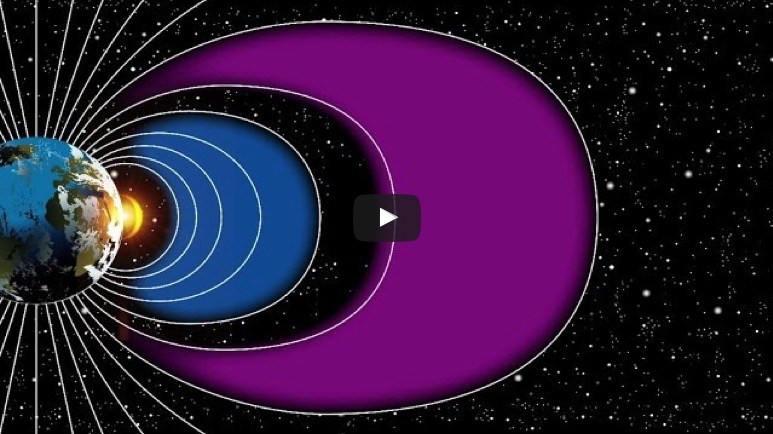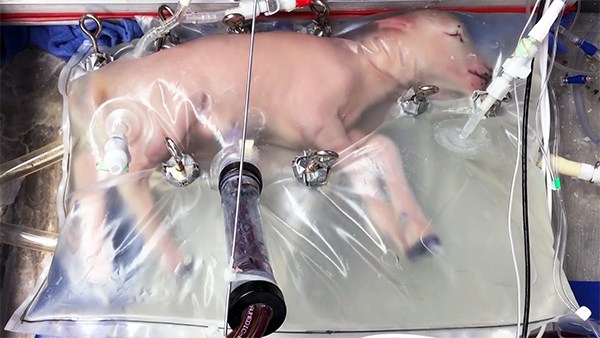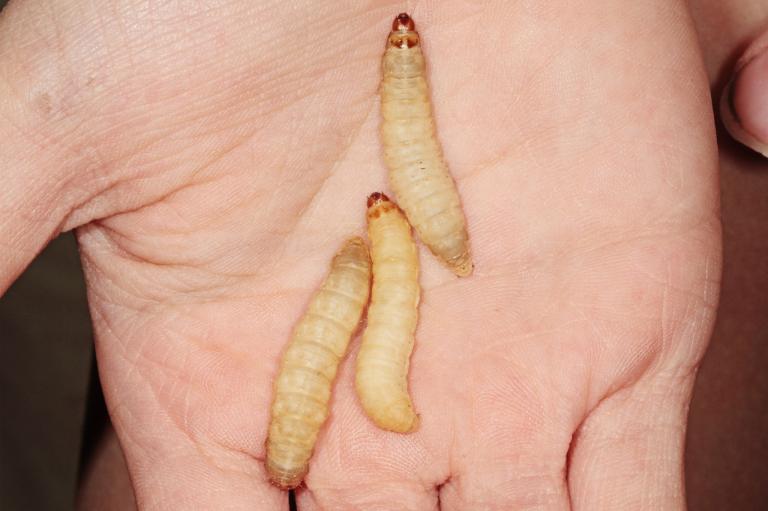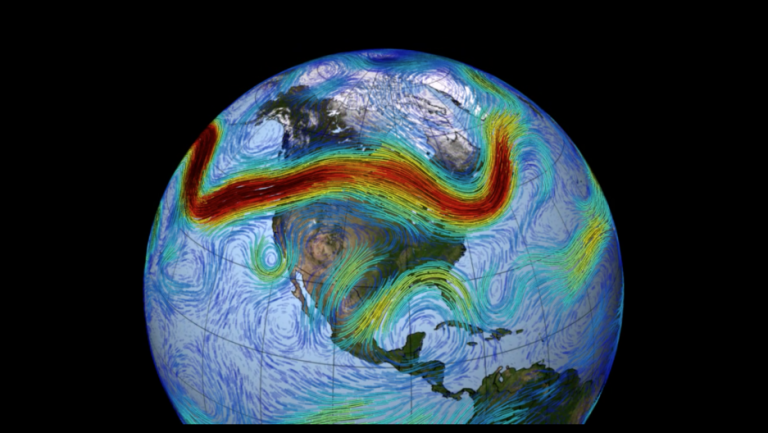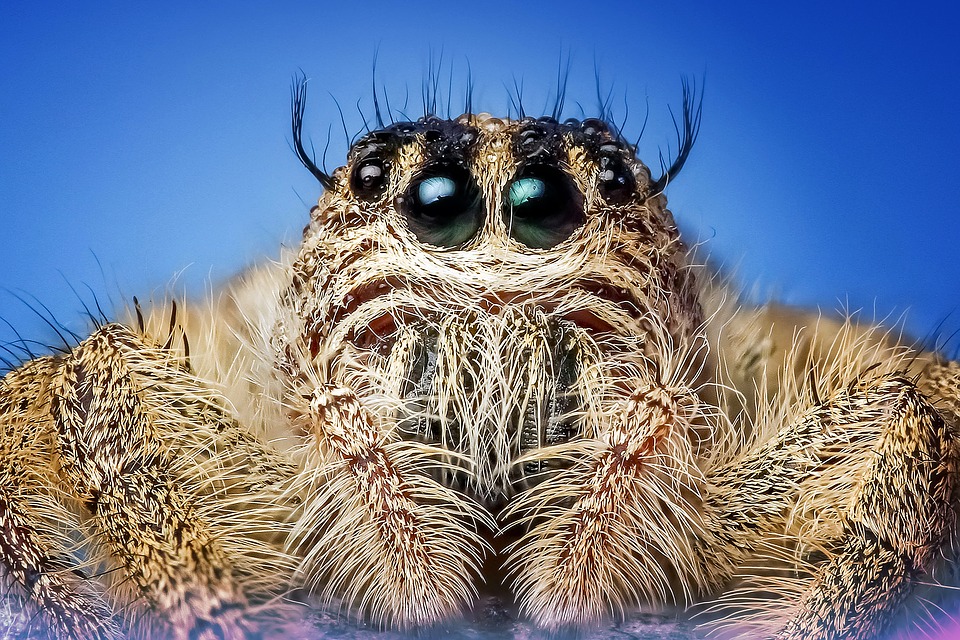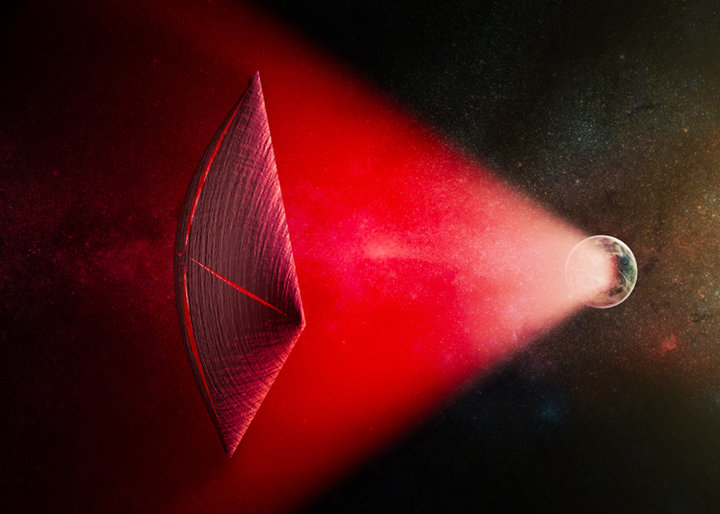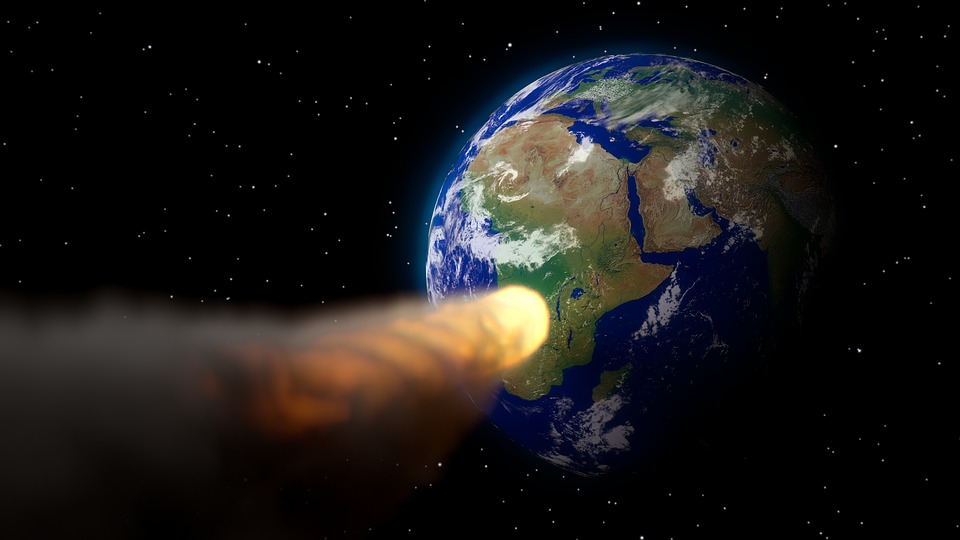SCIENCE: We’re Changing Near Earth Space Weather Too
Our Cold War history is now offering scientists a chance to better understand the complex space system that surrounds us. Space weather — which can include changes in Earth’s magnetic environment — are usually triggered by the sun’s activity, but recently declassified data on high-altitude nuclear explosion tests have provided a new look at the mechanisms that set off perturbations in that magnetic system. Such information can help support NASA’s efforts to protect satellites and astronauts from the natural radiation inherent in space. From 1958 to 1962, the U.S. and U.S.S.R. ran high-altitude tests with exotic code names like Starfish, … Read more



